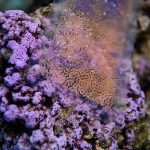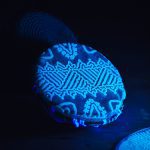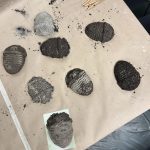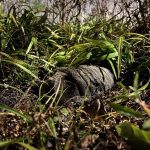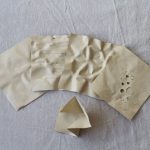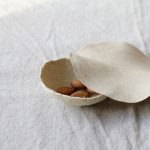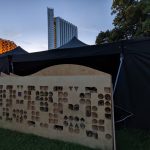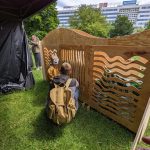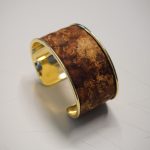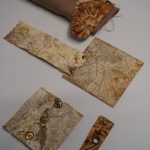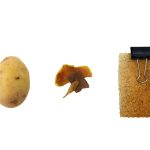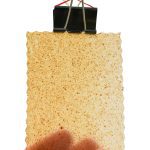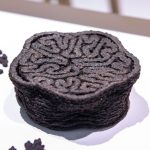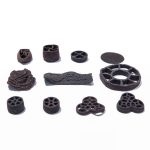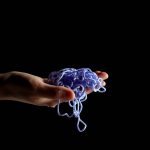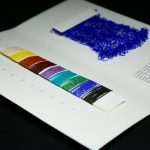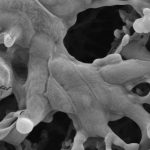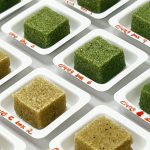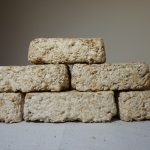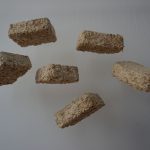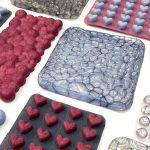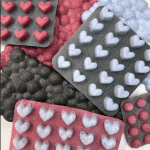Introduction
Since its beginning, Engage4BIO has aimed to strengthen the circular and sustainable bioeconomy and support sustainable regional development through processes of design thinking, co-creation, (re)training and skills development. Working across five regional bio-based systems – circular and bio-based textiles (NL), agriculture and agro-food industries (HU), wood and interior (AT), bio-based and sustainable packaging (FI), and blue bioeconomy (IT) – the project has brought together citizens, businesses, local authorities, researchers, and creatives.
By embedding art and design into its activities, Engage4BIO enhanced local governance feedback loops, supported the creation of new models for participatory innovation, and co-developed training, mentoring, and awareness formats that increase understanding and engagement with bio-based systems.
This approach came to life during the “This is Bioeconomy!” International Design Award, which celebrated breakthrough innovations in sustainable design. Awarded projects such as VillaInno – a felted wool shelter inspired by Indigenous Arctic traditions – and LeväLinna – algae-based building materials promoting marine biodiversity – exemplify how creativity drives meaningful transformation.
On this page, Engage4BIO showcases how design, creativity, and bio-based innovation come together to address today’s environmental challenges—celebrating the projects and teams that are shaping a more sustainable and circular future.

Felted Futures: Crafting Sustainable Spaces in the Arctic
The Team
The Felted Futures team brings together artists, designers, and architects with a shared commitment to sustainability, local materials, and ecological practices.
The team includes:
- Maria Huhmarniemi (FI) : artist and researcher dedicated to sustainability through art. She has pioneered arts-based methods to address societal needs in the Arctic, and has contributed as Associate Professor at the University of Lapland by publishing research and exhibitions.
- Lola Cervantes (MX): designer and artist working with craft-based art and design through collaborative processes and art-based methods, focused on sustainability, local materials and traditional knowledge.
- Hanieh Ahmadi (IR): architect pursuing a MA in Sustainable Art & Design at the University of Lapland, aiming to make an impact on the environment through innovative and sustainable practices.
- Fian Arrafiani (ID): architect pursuing a MA in Sustainable Art & Design at the University of Lapland, with a background in architecture, bio-design and 13 years of experience in architectural and interior projects.
- Dorsa Abolfazli (IR): artist pursuing a MA in Sustainable Art & Design at the University of Lapland, seeking to promote sustainable practices and environmental messages about the nature of the Arctic.
The Project
Felted Futures is an ongoing research and design project that explores the use of traditional wool-felting techniques to develop sustainable architectural solutions for Arctic environments. Developed by a multicultural group of women architects, designers, and researchers at the University of Lapland, the project merges craft, Indigenous knowledge, and experimental architecture.
At its core is the co-design of a wool-felted shelter, combining ancestral horse-felting practices with contemporary bio-based design. Using discarded, unprocessed wool, the team repurposes a local and underutilized material, promoting ecological construction methods and supporting rural economies.
The project addresses regional sustainability challenges by integrating circular economy principles with cultural resilience. It seeks to demonstrate how craft-based, place-sensitive design can foster new architectural narratives rooted in community, ecology and tradition.
By bridging academic research, traditional craftsmanship and sustainable innovation, Felted Futures proposes a model for regenerative design that is both locally grounded and globally relevant.
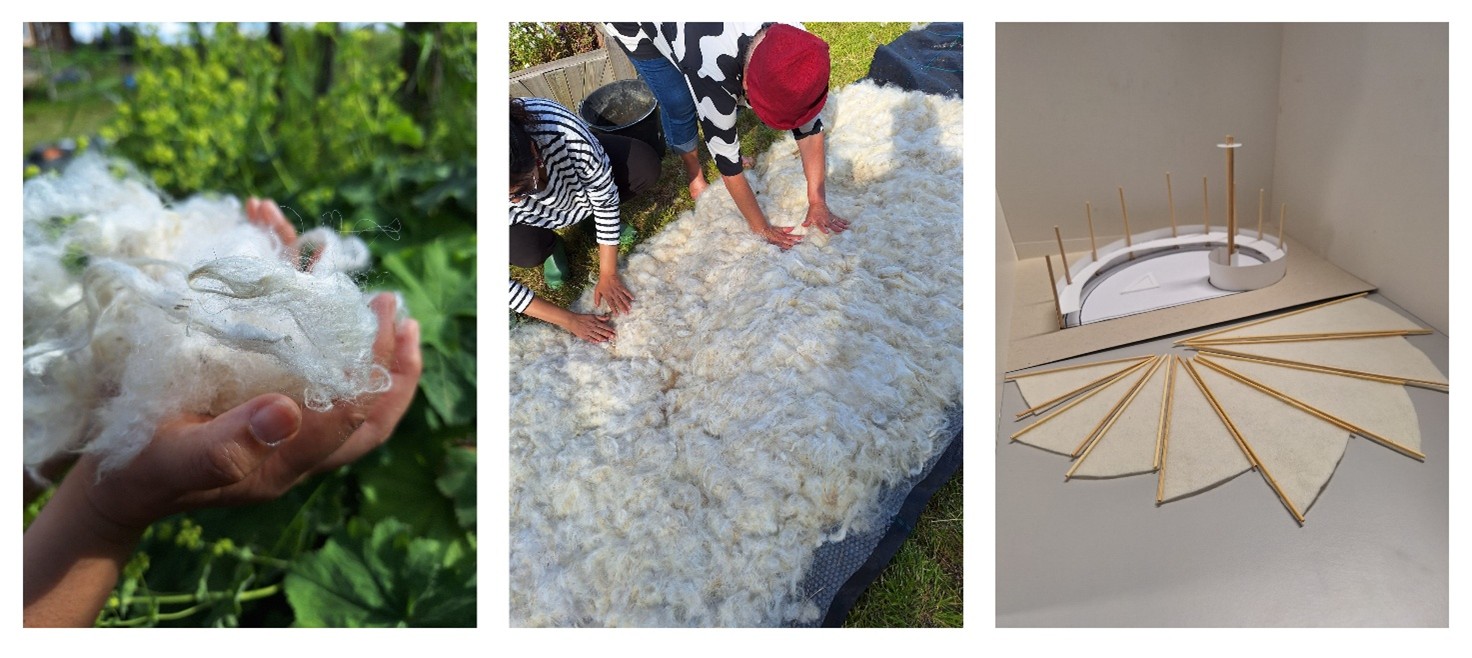


LeväLinna Project
The Team
The LeväLinna Team is composed by Bachelor of Design students at Aalto University:
- Jordan Danae Dornak : design student focused on sustainable materials & climate challenges.
- Karen Charlot-Wauquier: combines design and chemistry in experimental biomaterials.
- Yuki Yamamoto: Specializes in eco-conscious design and regenerative
practice.
The Project
Transforming Baltic Sea Algae into Sustainable Building Materials
LeväLinna is a regenerative design project that addresses one of the Baltic Sea’s most urgent environmental challenges: the unchecked spread of green algae due to climate change and nutrient pollution. Developed by three design students at Aalto University, the project explores the potential of Cladophora Glomerata, a proliferating algae species, as a sustainable building material.
Through the creation of LeväLinna Composites—made from algae, calcium carbonate, and sodium alginate—the team proposes a circular solution that simultaneously restores marine ecosystems and decarbonizes the construction industry. The composites are biodegradable, recyclable, and naturally fire-resistant, offering thermal and acoustic insulation and the potential for carbon sequestration.
Visualized through Baltic-inspired tiles and ornaments, LeväLinna highlights a shared cultural heritage while demonstrating how design can turn environmental problems into architectural opportunities. This approach not only supports biodiversity and algae management but opens a new path for eco-conscious material innovation grounded in regional identity and sustainability.
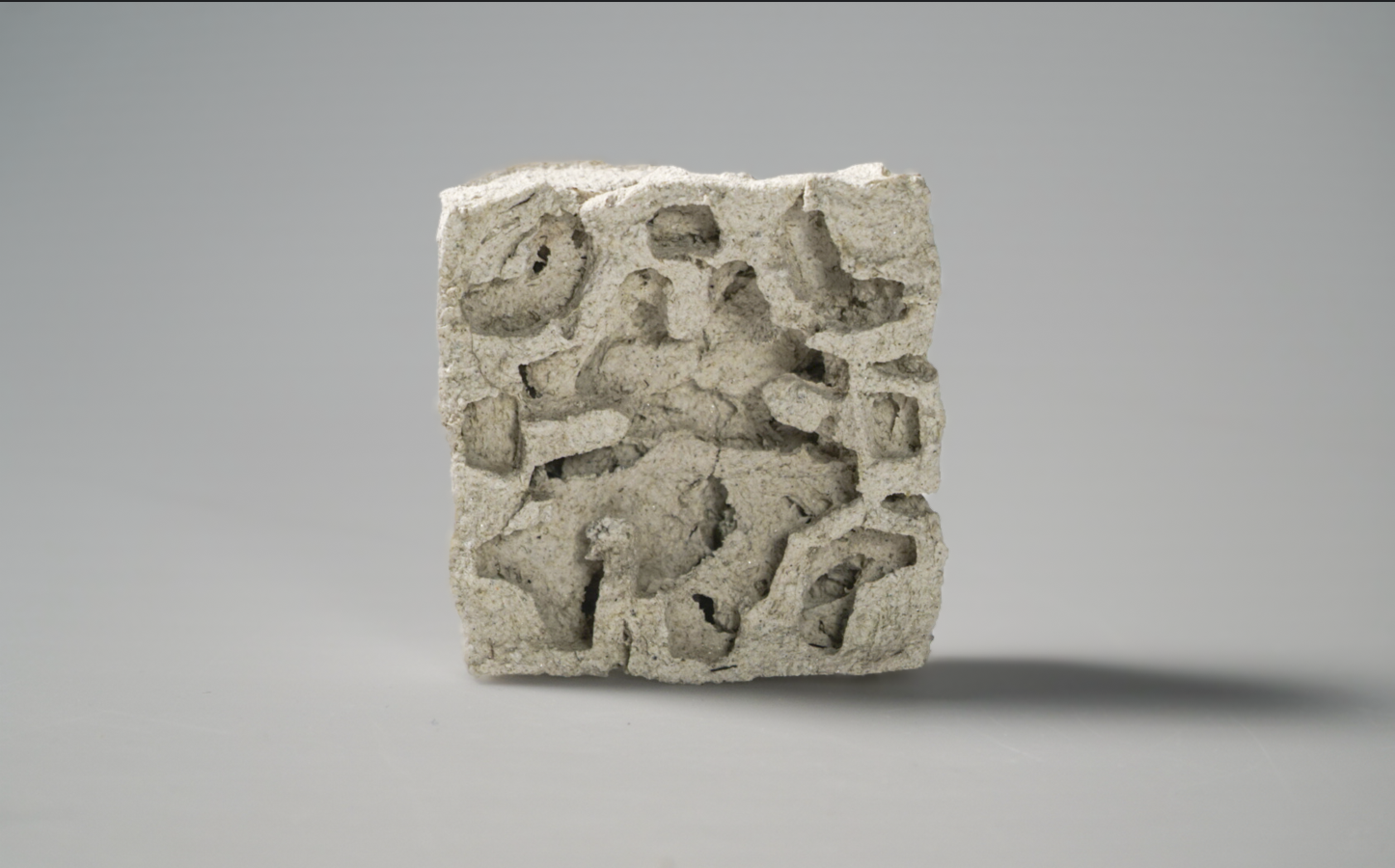
Shortlisted projects
Below, the list of the shortlisted projects, that have been selected among applicants for their innovative vision and the bioeconomy-focused solutions proposed.
Adonis Evangelista
PDF: Adonis Evangelista_ Biodegradable vases
Chris Bellamy
PDF: Chris Bellamy
Fuzzy Earth
PDF: Fuzzy Earth My Own Inner Trilobite
Gabriella Maczák
PDF: Gabriella Maczák, Corn Husk – Sustainable Paper from Agricultural By-products
Jeremy Leung
PDF: Jeremy Leung, TAD– Ternary Amplitude Diffusion
Jessica Dias & Annah-Ololade Sangosanya
PDF: Jessica Dias and Annah-Ololade Sangosanya ,Pure Hyphae
Leja Rebolj
PDF: Leja Rebolj, Pomter
Mattia Anderle
PDF: Mattia Anderle, 3D printing with BIOPASTEwaste to biodegradable material
Nóra Gulya
PDF: Nóra Gulya, Sustastic Effects project
Panna Jójárt (Green Cradle Team)
PDF: Panna Jójárt, Green Cradle Project
Perla Armaly-Bathish and Yuval Berger
PDF: Perla Armaly-Bathish and Yuval Berger, Cyanobacteria project
Samire Gurgurovci
PDF: Samire Gurgurovci, Myco-bricks project
Satu Paavonsalo, Valentin Schwarz, Dr. Ziba Fathi, and Jenni Roivas
PDF: Satu Paavonsalo, Valentin Schwarz, Dr. Ziba Fathi, and Jenni Roivas, Bubbles with Benefits

- Adonis Evangelista- Biodegradable Vases
- Adonis Evangelista- Biodegradable Vases
- Chris Bellamy- Bioluminiscent living material
- Chris Bellamy- Bioluminiscent living material
- Fuzzy Earth- Future Materials
- Fuzzy Earth- Future Materials
- Gabriella Maczák- Corn Husk (Sustainable Paper from Agricultural By-products)
- Gabriella Maczák- Corn Husk (Sustainable Paper from Agricultural By-products)
- Jeremy Leung- TAD, Ternary Amplitude Diffusion
- Jeremy Leung, TAD- Ternary Amplitude Diffusion
- Jessica Dias, Annah-Ololade Sangosanya- Pure Hyphae
- Jessica Dias, Annah-Ololade Sangosanya- Pure Hyphae
- Leja Rebolj- Pomter
- Leja Rebolj- Pomter
- Mattia Anderle- Seaweed biopaste for 3D printing
- Mattia Anderle- Seaweed biopaste for 3D printing
- Nóra Gulya- Sustastic Effects
- Nóra Gulya- Sustastic Effects
- Green Cradle Team- Green Cradle
- Green Cradle Team- Green Cradle
- Perla Armaly-Batish, Yuval Berger- CyanoCementation
- Perla Armaly-Batish, Yuval Berger- CyanoCementation
- Samire Gurgurovci- Myco-bricks
- Samire Gurgurovci- Myco-bricks
- Satu Paavonsalo, Valentin Schwarz, Dr. Ziba Fathi, Jeni Roivas- Bubble with Benefits
- Satu Paavonsalo, Valentin Schwarz, Dr. Ziba Fathi, Jeni Roivas- Bubble with Benefits
Design Award Ceremony in Budapest
The “This is Bioeconomy!” International Design Award culminated in a public ceremony held at MOME Budapest on March 26, 2025. The event celebrated 15 shortlisted projects that creatively integrated sustainability, design, and bio-based innovation.
Attendees explored a dedicated exhibition featuring each project, with visual displays and video projections. The ceremony included speeches from the Engage4BIO team and MOME representatives, highlighting the importance of interdisciplinary collaboration in tackling environmental challenges.
All finalists received a certificate and a symbolic prize. The Runner-Up award was given to LeväLinna, a seaweed-based construction material, while the Overall Winner was VillaInno, a wool-felted shelter inspired by Indigenous techniques.
The event showcased how creativity and circular thinking can lead to impactful solutions for a more sustainable future.




